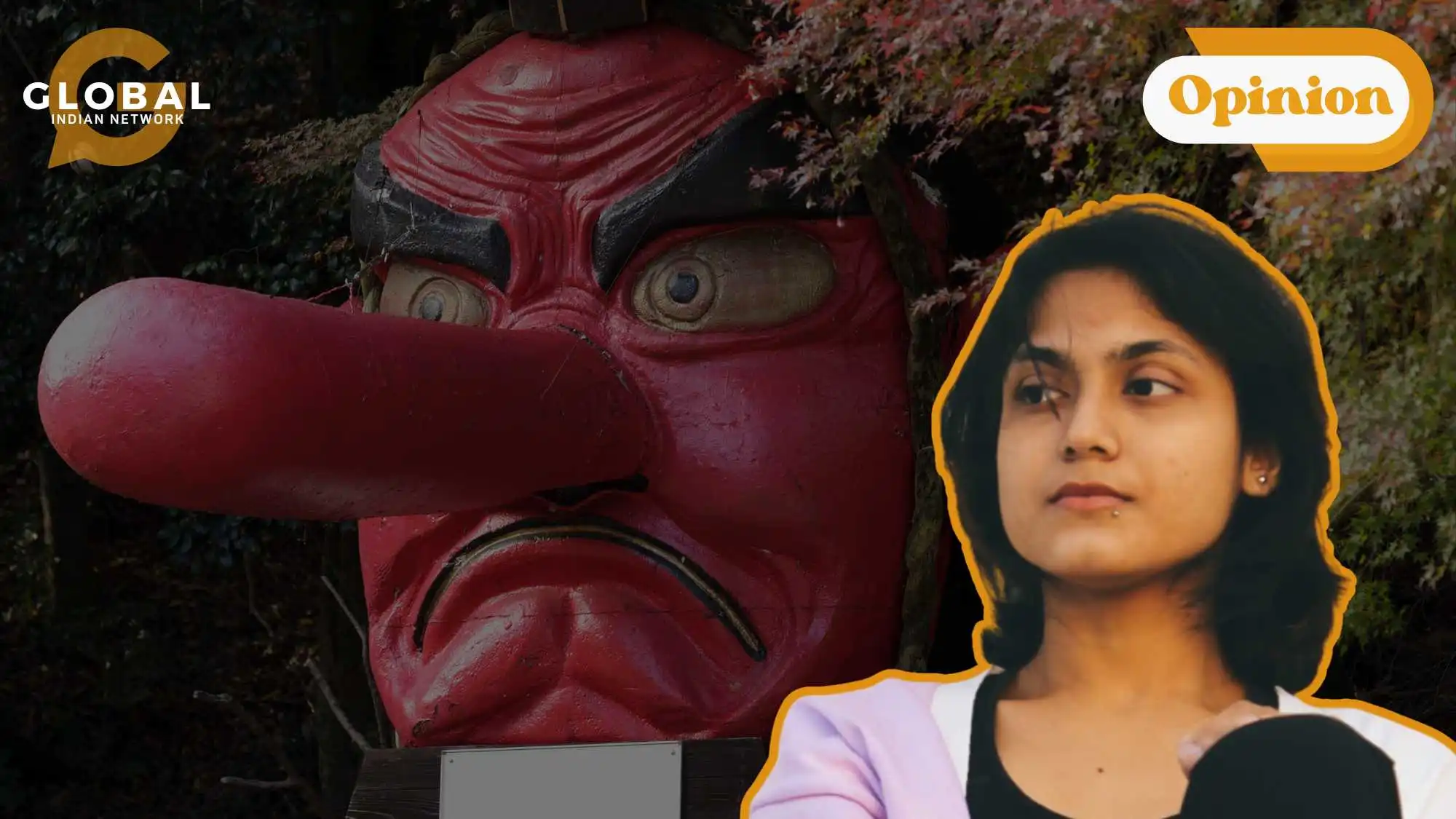There is hardly any country that matches Japan’s prowess when it comes to embracing the supernatural and the imaginary through art. Whether it be the iconic Pokemon franchise or the more recently popular anime series which have taken the world by storm, Japan has always had a way of transforming the traditions and imagination of its ethos into profitable cultural exports.
The enigmatic supernatural creatures of Japanese folklore called Yōkai have long permeated popular art forms and media, from medieval down to contemporary times, shaping and informing media portrayals of horror and the supernatural. The nature and identity of these mystical creatures stem from a uniquely Japanese sensibility of what lurks behind the screen of human perception, some otherworld, no less to be fascinated by than to be feared.
What are the Yōkai?
In Japanese folklore, "yōkai" implies physical embodiments of a wide range of mysterious phenomena, extending beyond the English concept of monsters, ghosts and spirits. Originating in folklore and oral culture, it has been passed down the ages through representations in written fiction, paintings, scrolls, prints, dramatic performances, puppet theatre, and woodblock prints. These otherworldly creatures may represent a myriad of things, ranging from strange noises in the night and tangible articles around the house to animal and nature spirits such as foxes (kitsune) and more grotesque entities like the goblin-like kappa or the long-nosed tengu.
The nature of Yōkai is not single-fold and thus quite ambivalent. The term "yokai" encompasses a spectrum of supernatural beings, including ghosts, monsters, and legendary figures, thousands of them recorded in Japanese books, scrolls, folklore and. Often ghoulish in appearance, these shape-shifting beings can range from benevolent spirit guides to mischievous and even downright malevolent creatures, constantly on the lookout for opportunities to stir trouble in the human world.
Where Do the Yōkai Originate?
A large part of what informs Japanese artistic imagination and cultural forms is the Shinto concept of animism, which is a belief that all material objects, forces, and abstract phenomena are each inhabited by a spirit (kami), interacting with each other and the human realm in ways unseen and ununderstood but certainly felt.
The Yōkai of Japanese folklore, in the context of animism, may be seen as a cultural lens through which humans seek to understand and make sense of the inexplicable by lending it tangibility through art. Japan’s vulnerable geography, prone to frequent natural disasters like floods, tsunamis and earthquakes, means ecological fears have a permanent place in its own cultural mind. Icons like the catfish yōkai Onamazu - attributed to earthquakes - could be a culture’s way of coming to terms with the trauma of disaster and displacement by attributing a spiritual cause to it; in other words, lending a voice to the vast natural world, silent, looming and ever-ready to strike.
On the other side of the grand threat of nature, there is also the mundane interior, often turned supernatural by intense psychological feelings of paranoia and claustrophobia. Be it strange sounds at night, a creak under your bed, a light tap at the window or some unsettling presence lingering in corners of rooms, often, the act of naming itself can breathe life into these mysterious forces, rendering them tangible entities with identities and motivations, either friendly or antagonistic.
Consider the azuki-arai, whose name stems from the sound of a brook cascading over stones, or the mokumokuren, depicted as walls or screens brimming with watchful eyes, perhaps sprung from the primal feeling of being watched, strangely contemporary in its resemblance to modern-day surveillance. They emerge as imaginative interpretations of the mysterious phenomena encountered in everyday life.
In essence, yōkai represents humanity's quest to access and understand the inexplicable, weaving narratives that blur the boundaries between the ordinary and the supernatural. In folk tales, we find glimpses of our fears, curiosities, and imaginations reflected at us, inviting us to explore their depths and possibilities.
Representations in Contemporary Culture
The yōkai yet enjoy an enduring presence in Japanese popular and traditional culture, having captured the imagination of people for centuries. Its animistic spirit has permeated a lot of popular Japanese media, from Studio Ghibli’s adorable mascot, Totoro and its harmless forest spirits to the entire franchise of Pokémon, one of the largest cultural exports from the country. A blog article by M. Lucero titled ‘Yokai: The Folklore Roots of Pokémon’ enumerates all the yokai featured in the anime and videogame franchise.
As a matter of fact, a large number of Japan’s recent highest-rated anime have their bases built on the animistic principle of the yōkai; their characters inhabiting a world rife with demons or devils of every kind, for every feeling, fear and apprehension, every object, place and disaster. One of the highest-grossing shows of last year, Jujutsu Kaisen, even makes a direct allusion to “Night Parade of One Hundred Demons”, an event in Japanese folklore when supernatural creatures everywhere march through the streets in a chaotic procession.
The yōkai are also at the heart of Japan’s niche treatment of horror media, which centres around ambivalence and the awareness that there is always more to what meets the eye. A testimony to human imagination and creativity, these cultural icons remind us that realms of magic and mystique intertwine with and dwell within our world, unbeknownst to us yet ever-present for those who dare to take a closer look.
Do you have burning thoughts or opinions? We'd love to hear them! Share your thoughts and ideas in the comments below to get the conversation flowing, or feel free to reach out to us at larra@globalindiannetwork.com.










